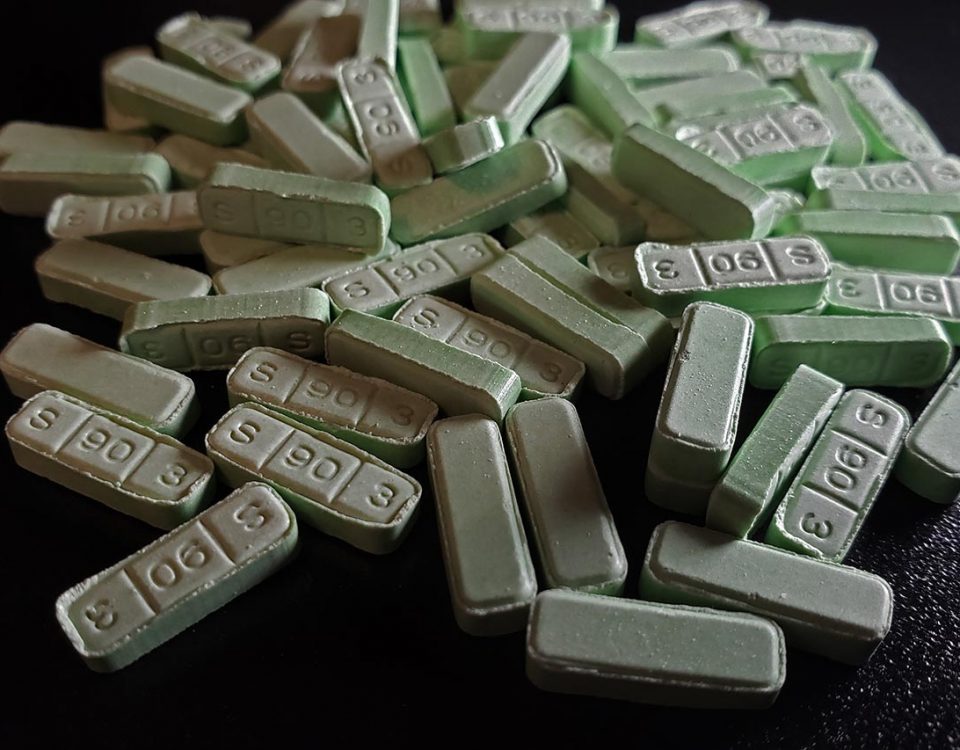You may have heard about a cheap way to make homemade alcohol. It goes by many names, including hooch, prison wine, jail alcohol, jail wine, toilet wine, and Pruno. Pruno has also been coined jail or prison alcohol because inmates combine a variety of ingredients to create their own alcoholic drinks. No matter what it’s called, Pruno can produce an intense and cheap buzz, but at what cost? Today we’re sharing the truth behind prison wine.
How Is Hooch Made in Jail?
Although prisoners and inmates aren’t allowed to have alcohol, it hasn’t stopped them. Human beings have been making their own alcohol for millennia, and inmates have long since discovered to create their own batches of alcohol or pruno.
Pruno or prison wine is an alcoholic beverage that’s made from various ingredients, many of which are circulated through the prison. The taste of pruno has been described as a “bile-flavored wine cooler” – not exactly something that sounds enticing.
Hooch has been a mainstay for prison culture for years. In fact, hooch was originally detailed in a poem written by Jarvis Jay Masters, an inmate in San Quentin state who, at the time, was on death row.
Named after the prunes that were originally the main ingredient, jail alcohol is now typical among inmates. As the old saying goes, “necessity is the mother of invention,” which is made especially true behind prison walls where everything is repurposed, and nothing goes to waste.
In the same fashion, inmates will collect a variety of things to create prison hooch. The most common pruno ingredients include:
- Water
- Sugar
- Oranges
- Apples
- Fruit cocktail
- Fruit juices
- Hard candy
- High fructose syrup
- Crumbled bread
But these inmates aren’t sitting around and comparing wine samples. The yeasts that are used for pruno recipes usually come from naturally occurring yeast on some foods, such as bread. Prisoners fill baggies with fruits, fruit cocktails, water, sugar, and whatever else they can get, warm it up, and let it ferment for a while.
Within a few days, the reaction is complete, and the noxious homemade brew can contain anywhere from 2% to 14% alcohol. The major danger of hooch lies in the obscurity of the amount of alcohol in one batch. Pruno not only produces the same effects as alcohol, but the intensely fermented ingredients can lead to more serious problems.
Side Effects of Pruno
Pruno acts similarly to alcohol in that it depresses the central nervous system and produces a variety of physical and psychological symptoms. Some common effects of hooch include:
- Dizziness
- Sedation
- Drowsiness
- Shaking
- Sweating
- Aggression
- Mood swings
- Impaired judgment
- Anxiety
- Euphoria
- Depression
- Slurred speech
- Impaired motor skills and coordination
- Blackout
The higher the alcohol concentration, the more intense these side effects are. Considering that the alcohol concentration level in pruno varies greatly and is difficult to determine, inmates may experience these side effects in extremes.
Botulism
There’s also a particular form of intoxication that may form as a result of pruno consumption called botulism. Botulism is a rare and serious illness that’s caused by a toxin that attacks the body’s nerves, leading to paralysis and sometimes death.
Because botulism paralyzes the muscles used to breathe, sufferers often die soon after contracting it. Even those who receive medical treatment right away may experience paralysis and need to be hooked up to a ventilator for several weeks.
Other common symptoms of botulism include:
- Double or blurred vision
- Drooping eyelids
- Slurred speech
- Difficulty swallowing
- Dry mouth
- Muscle weakness
A common way people get botulism is by eating or drinking something toxic. Prison inmates in states like California, Arizona, Utah, and Mississippi have gotten botulism from making and consuming hooch alcohol or pruno.
Almost all these inmates needed to be hospitalized, and many were put on ventilators for days and even weeks. Although all the botulism outbreaks have been linked to inmates who made or drank pruno, this illness can occur in anyone who is exposed to or consumes this blend.1
Help for Pruno Addiction (Alcoholism)
In addition to being toxic, pruno is addictive, too. Considering how the alcohol concentration in hooch recipes ranges so widely, it's difficult to say how much alcohol an inmate (or anyone who drinks pruno) is consuming. For this reason, pruno can increase your likelihood not only of developing an illness like botulism but also your risk of developing an alcohol use disorder.
Pruno isn’t just for inmates. Many people make this at home to either try something new or as a quick way to make a drink when you don’t have alcohol readily available. Regardless, pruno can be a dangerous and toxic mixture that can lead to short-term and long-term problems.
If you find yourself stress drinking or struggling to control your alcohol consumption, our Boston rehab center offers drug and alcohol treatment programs that can help. Our facility utilizes a wide range of evidence-based therapy programs that are led by professionals in the addiction treatment field.
No matter how severe your substance use disorder is, we can help you achieve your long-term recovery goals. For more information about our Massachusetts drug and alcohol treatment programs, contact Banyan Treatment Center today at 888-280-4763.
Source:
- CDC - Botulism
Can You Drink Alcohol with Gabapentin?
Cause of Binge Drinking
Why Do I Black Out When I Drink?









